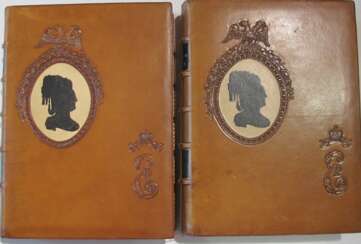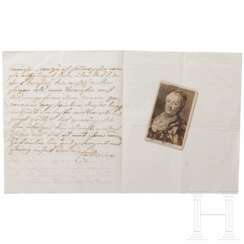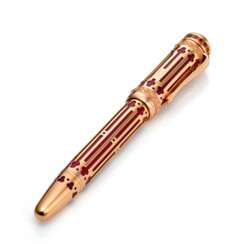"catherine ii"
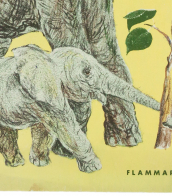


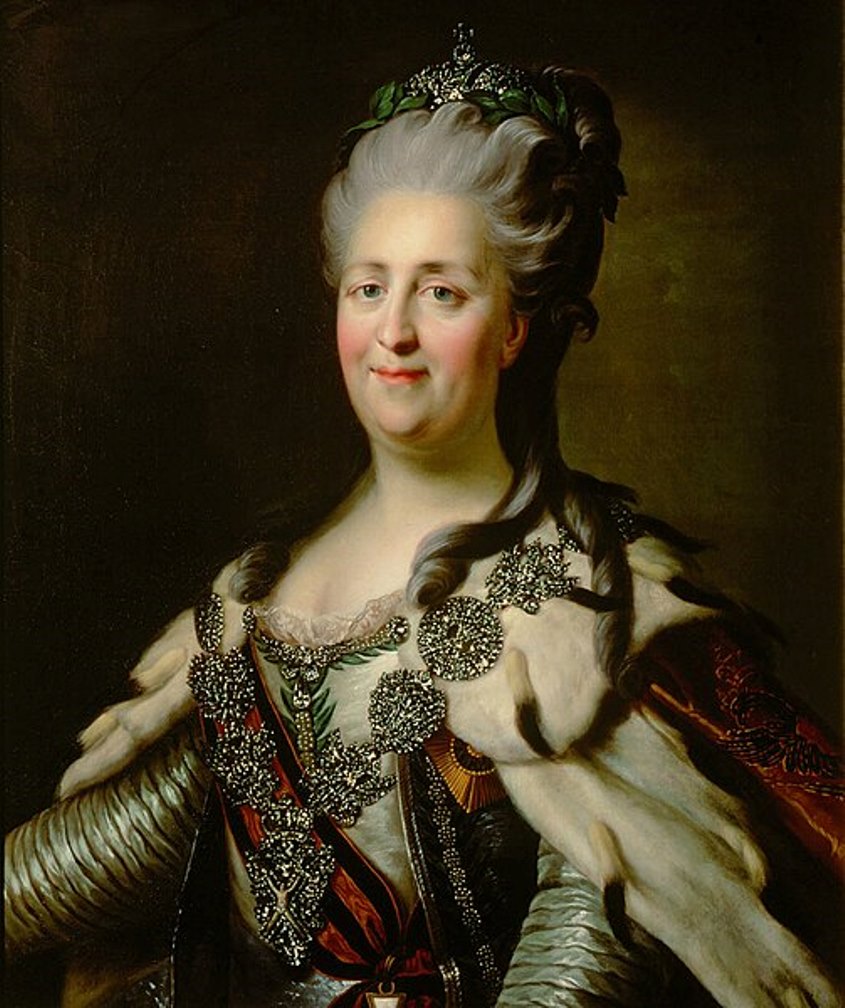
Ekaterina II, Ekaterina the Great; née Sophie Auguste Frederike von Anhalt-Zerbst-Dornburg, in Orthodoxy Ekaterina Alekseevna, was the Russian Empress and Sovereign of All Russia, mother of Emperor Paul I.
She was a niece of Swedish King Adolf Friedrich and a great-niece of Prussian King Frederick the Great. Sophie was a niece of the Swedish King Adolf Friedrich, and a great-niece of the Prussian King Frederick the Great. In 1744, at the invitation of Russian Empress Elizabeth Petrovna, she and her mother came to Russia, embraced Orthodoxy and was baptized with the name Ekaterina Alekseevna, and in 1745 married Grand Duke Peter Fyodorovich, the future Emperor Peter III. Immediately after arriving in Russia, Ekaterina II began to study the Russian language, history, and Russian traditions. She also read the works of the French enlighteners and works on philosophy, jurisprudence and economics, becoming a supporter of the ideas of the Enlightenment.
After the accession to the throne of Peter III, Ekaterina's relations with her husband deteriorated. Because of the threat of arrest and possible expulsion, Ekaterina decided to participate in the coup d'état, relying on the support of the Orlov brothers, Counts N. Panin and K. Razumovsky. On the night of June 28, 1762 Catherine secretly arrived in St. Petersburg and in the barracks of the Izmailovsky Regiment was proclaimed autocratic empress.
In the first years of her reign, Ekaterina II reformed the Senate, secularized church lands, which replenished the state treasury and alleviated the situation of a million peasants, abolished hetmanism in Ukraine, invited foreigners to Russia for the development of the Volga and Black Sea region. The Empress carried out important transformations in the military, social and financial spheres.
During her reign, Ekaterina II conducted two successful Russian-Turkish wars in 1768-1774 and 1787-1791, as a result of which Russia finally gained a foothold on the Black Sea. Having led an alliance with Austria and Prussia, Ekaterina participated in three partitions of Poland. In 1795, the empress issued a manifesto on the annexation of Courland to the Russian Empire. At the end of the 1780s, simultaneously with the Russo-Turkish war, the war with Sweden began, and in 1790 a peace treaty was signed, ending the Russo-Swedish war. In 1792 the Peace of Iasi was concluded, which consolidated Russia's influence in Bessarabia and Transcaucasia, as well as the annexation of Crimea.
Under the rule of Empress Ekaterina the Great, a whole pleiad of outstanding statesmen, military leaders, writers and artists appeared. Among them are Adjutant General I.I. Shuvalov, Generalissimo A.V. Suvorov, Field Marshal General G.A. Potemkin; enlightener, book publisher N.I. Novikov; historian, archaeologist, artist, writer, collector A.N. Olenin, President of the Russian Academy E.R. Dashkova.
Ekaterina II was buried in the vault of the Peter and Paul Cathedral. After 77 years in St. Petersburg on Alexandrinskaya Square was inaugurated a monument to the great empress. In the history of Russia she rightfully entered first of all as an enlightener.





Charles-Nicolas Cochin was a French engraver, designer, writer, and art critic. To distinguish him from his father of the same name, he is variously called Charles-Nicolas Cochin the Younger, Charles-Nicolas Cochin the son, or Charles-Nicolas Cochin II.
More than fifteen hundred works by Cochin can be identified. They include historical subjects, book illustrations, and portraits in pencil and crayon. The richest collection of his engravings, apparently selected by himself, is in the Royal Library, now part of the Bibliothèque nationale.











![[Экземпляр графа С.Д. Шереметьева]. [Корберон, М.Д. Интимный дневник шевалье де-Корберона, французского дипломата при дворе Екатерины II]. Un diplomate francais a la cour de Catherine II. 1775-1780: [in 2 v.]](/assets/image/picture_1793630/95bd3/aduxbzxfchckw8bvabq0x4tqm15td8mprwsf0ssotu5zpnuu166pzf-mnslra9p1635872844jpg__fix_374_244.jpeg)
![[Экземпляр графа С.Д. Шереметьева]. [Корберон, М.Д. Интимный дневник шевалье де-Корберона, французского дипломата при дворе Екатерины II]. Un diplomate francais a la cour de Catherine II. 1775-1780: [in 2 v.]](https://veryimportantlot.com/assets/image/picture_1793630/95bd3/aduxbzxfchckw8bvabq0x4tqm15td8mprwsf0ssotu5zpnuu166pzf-mnslra9p1635872844jpg__fix_374_244.jpeg)















